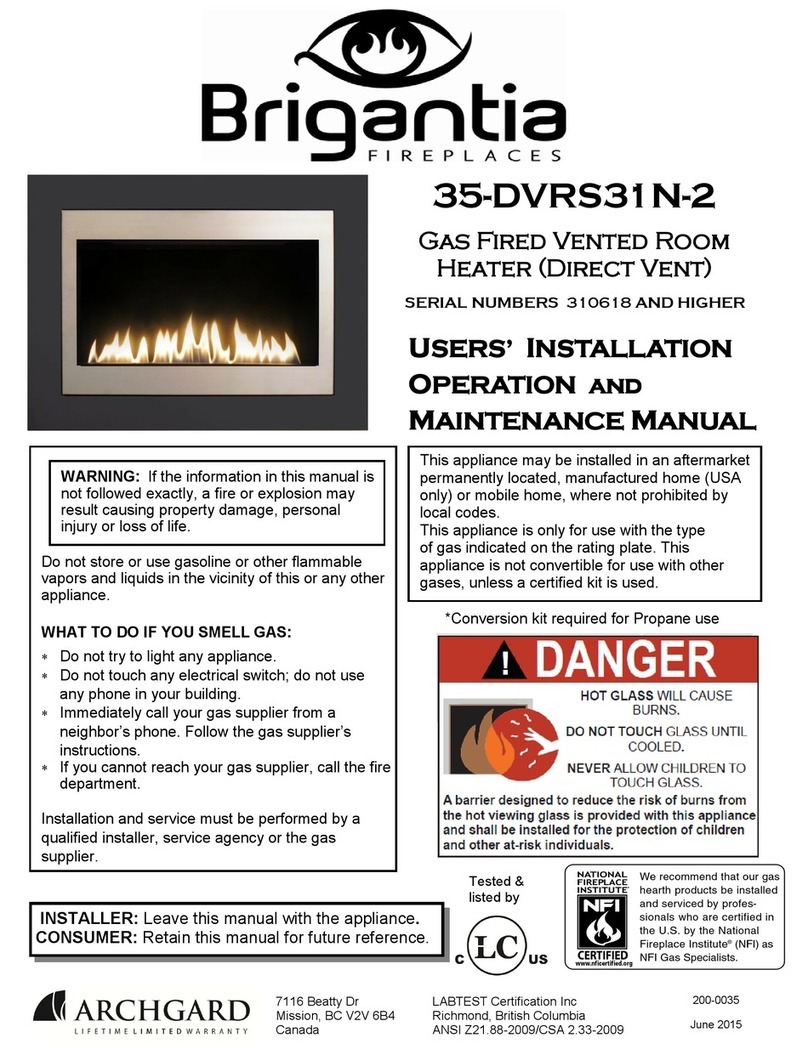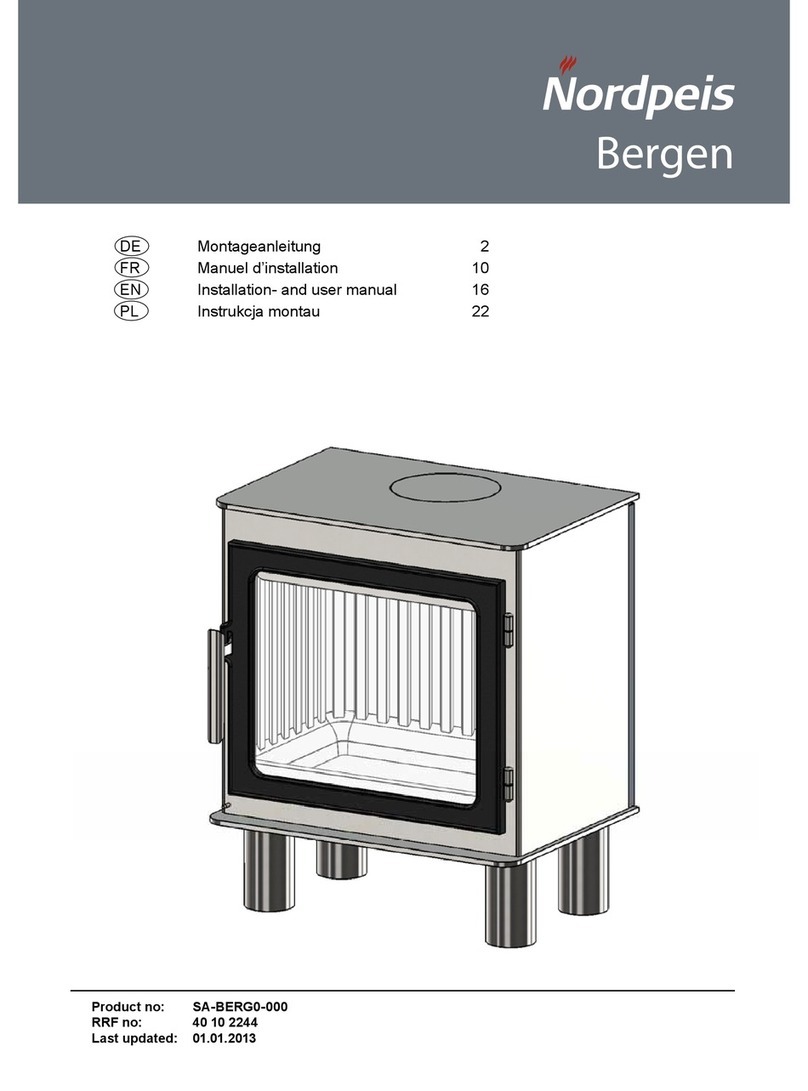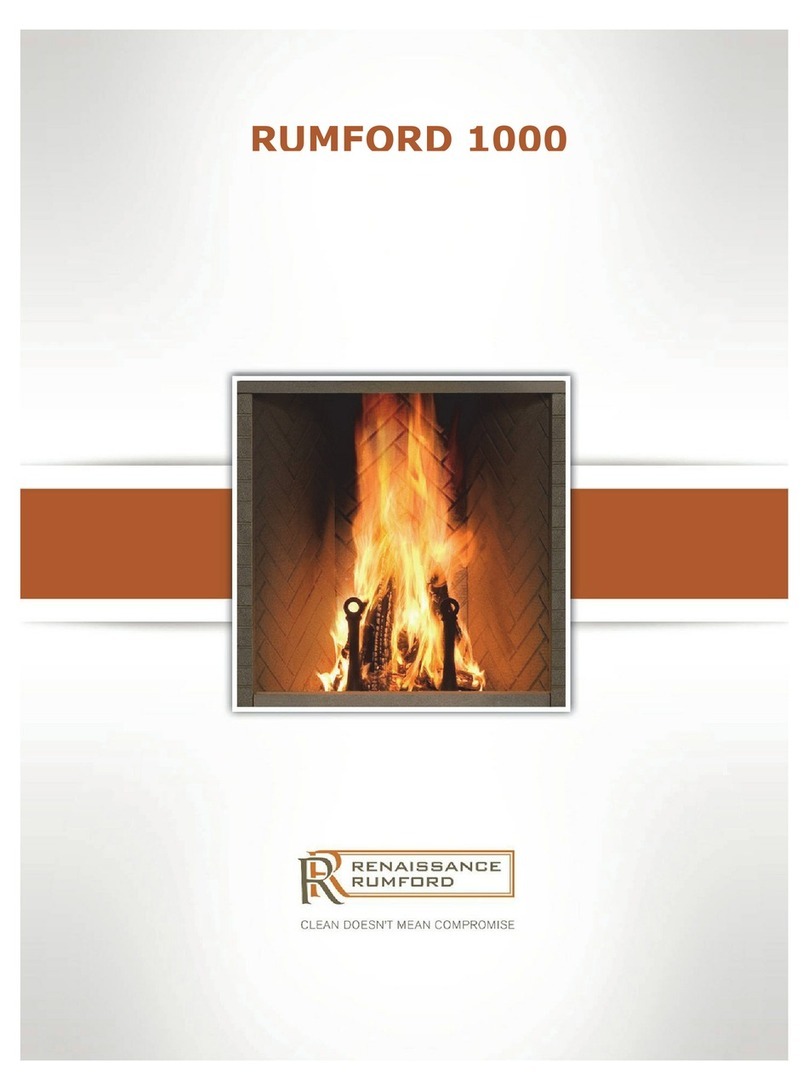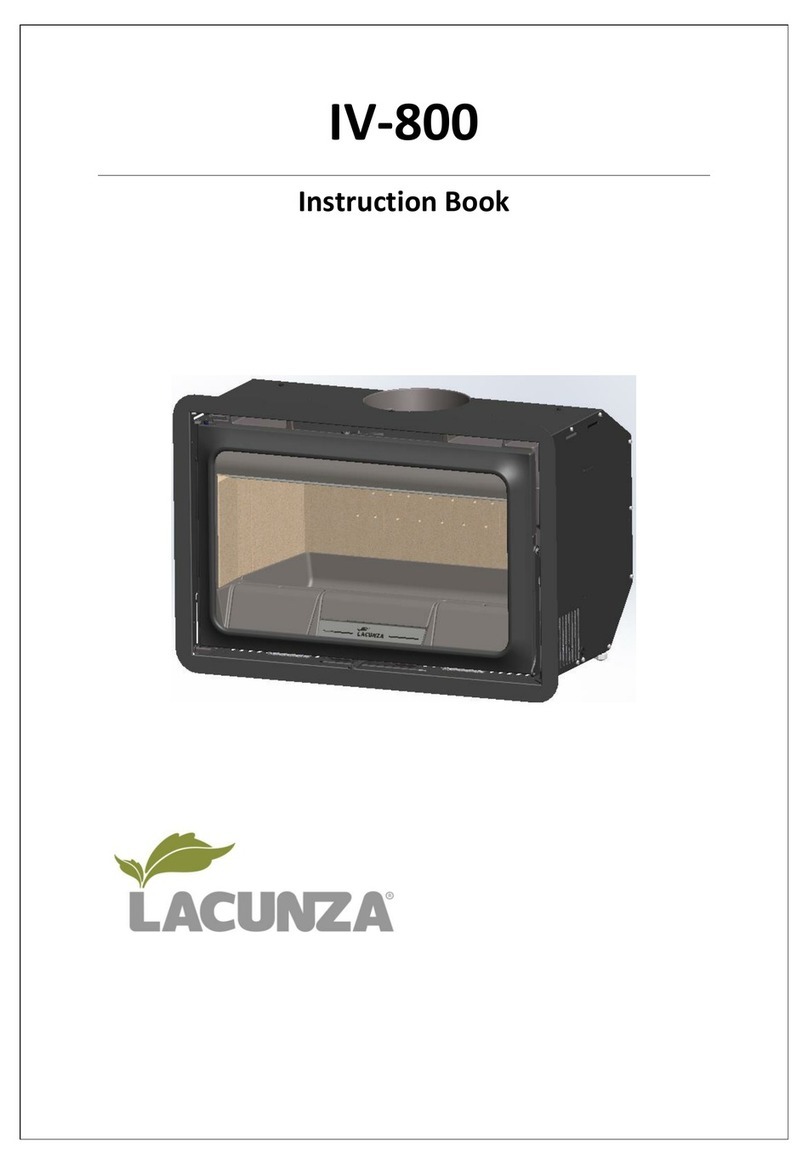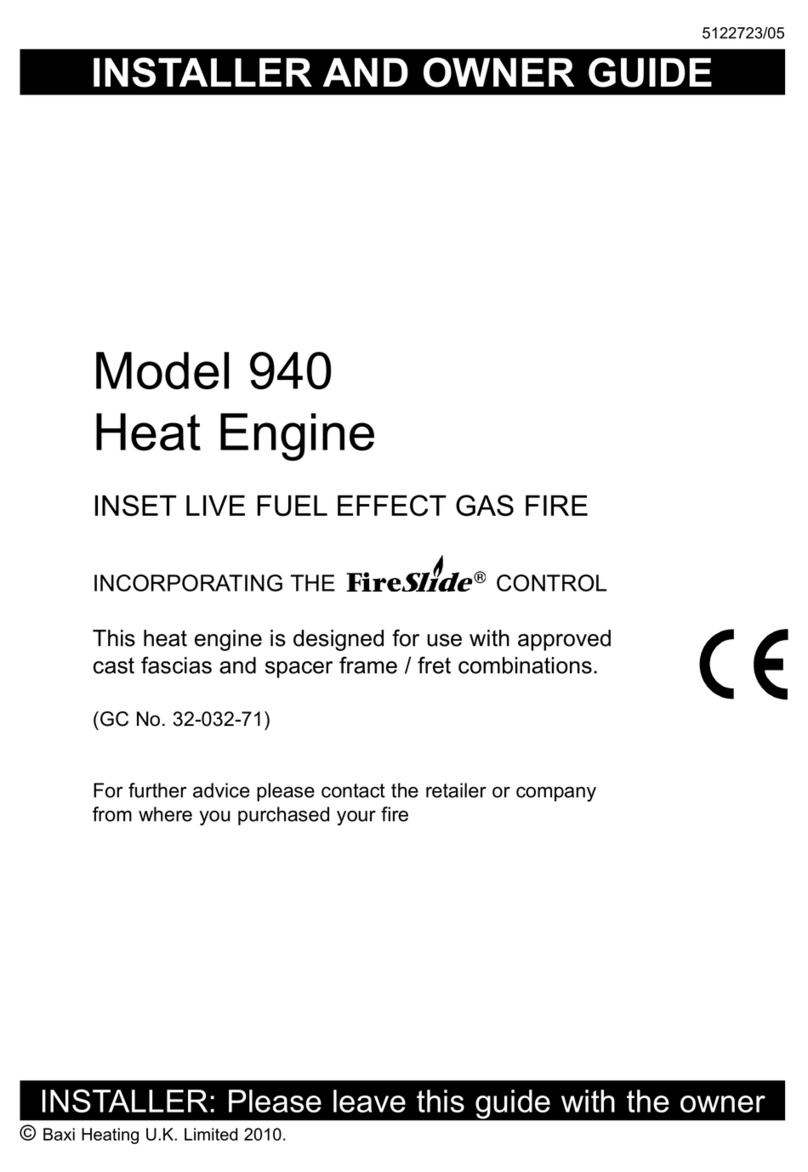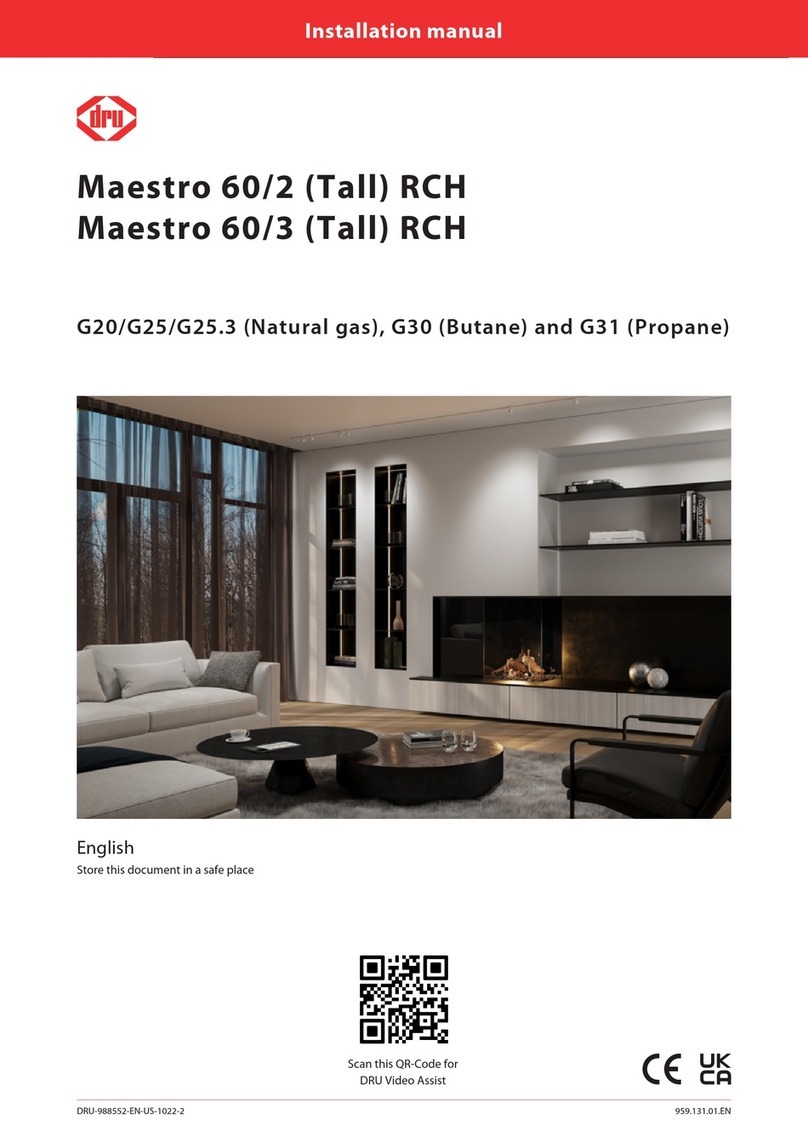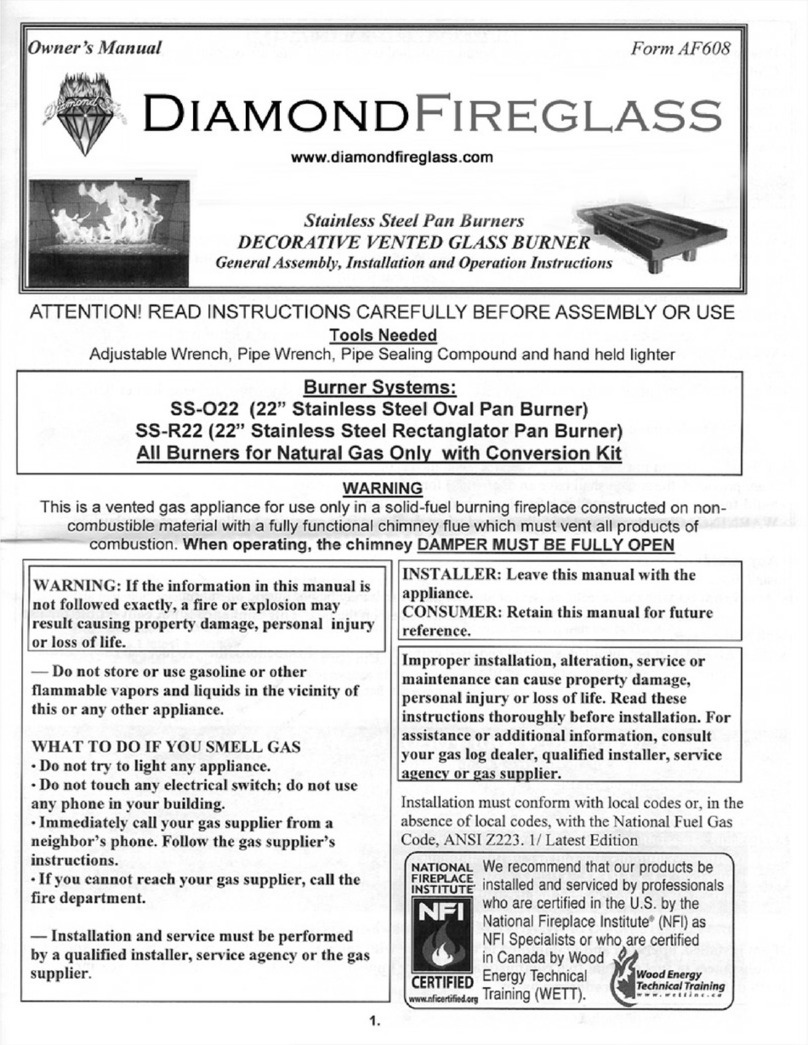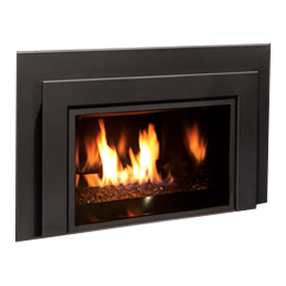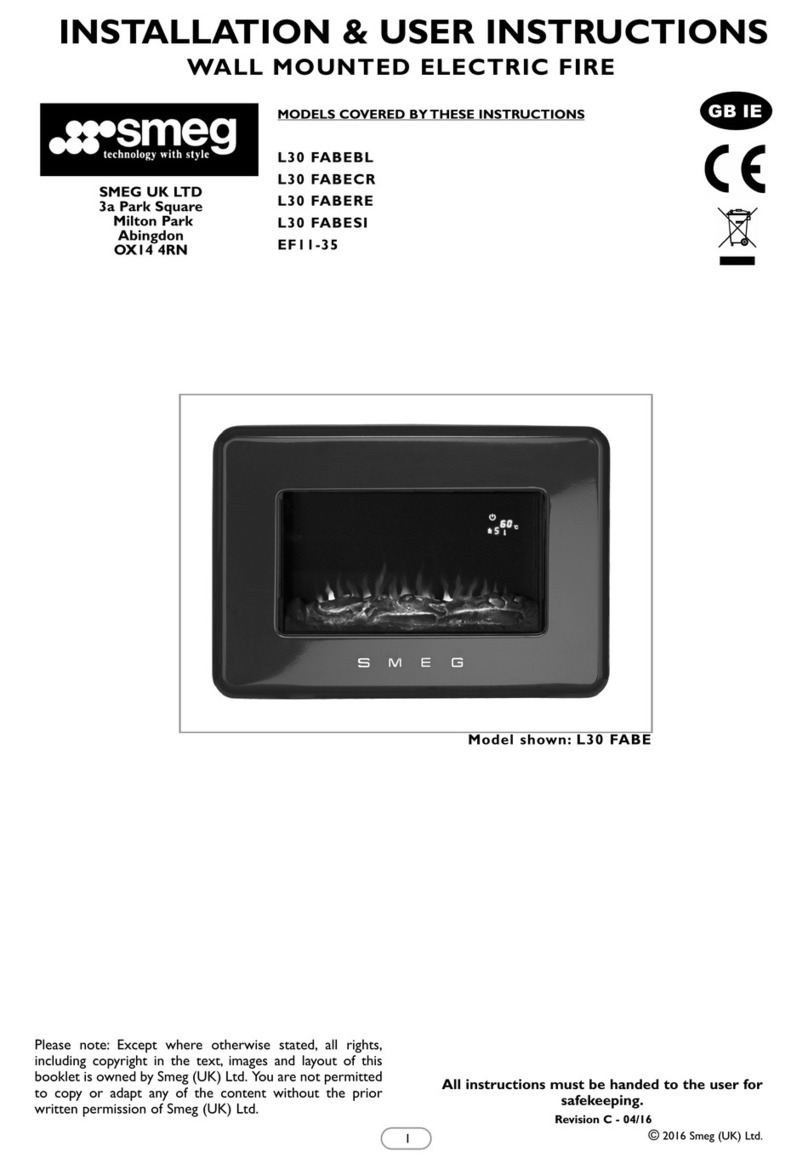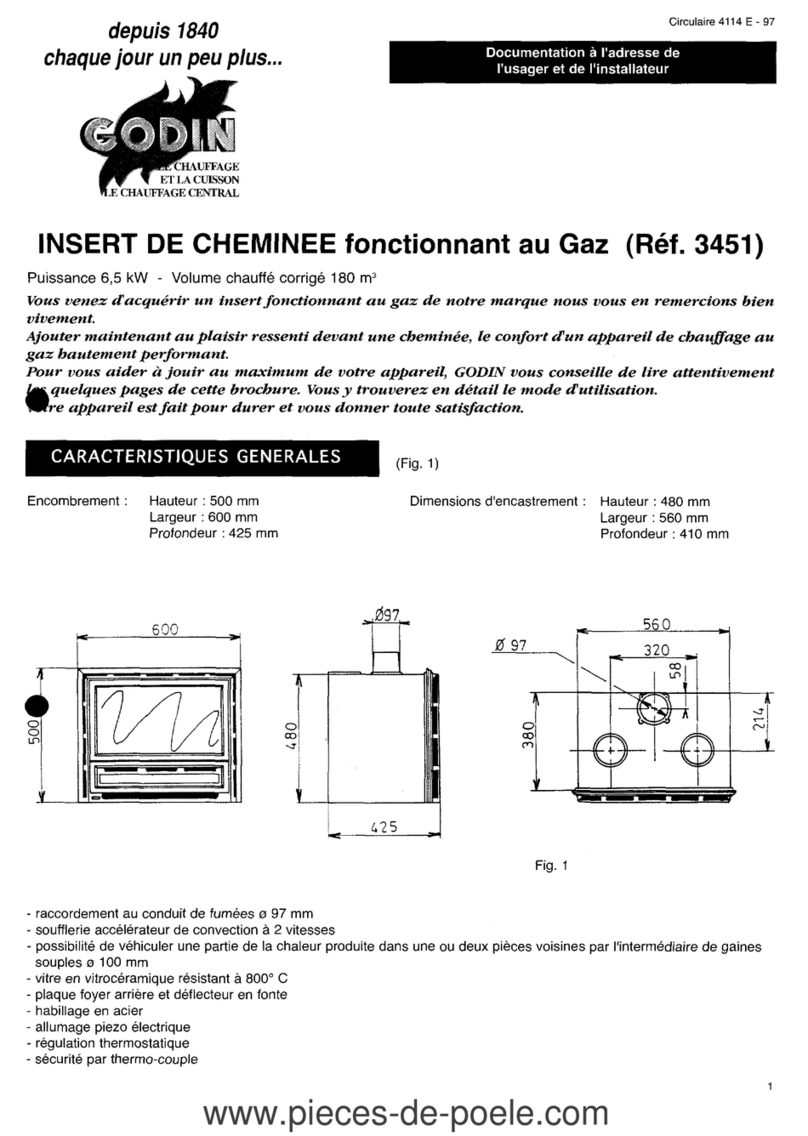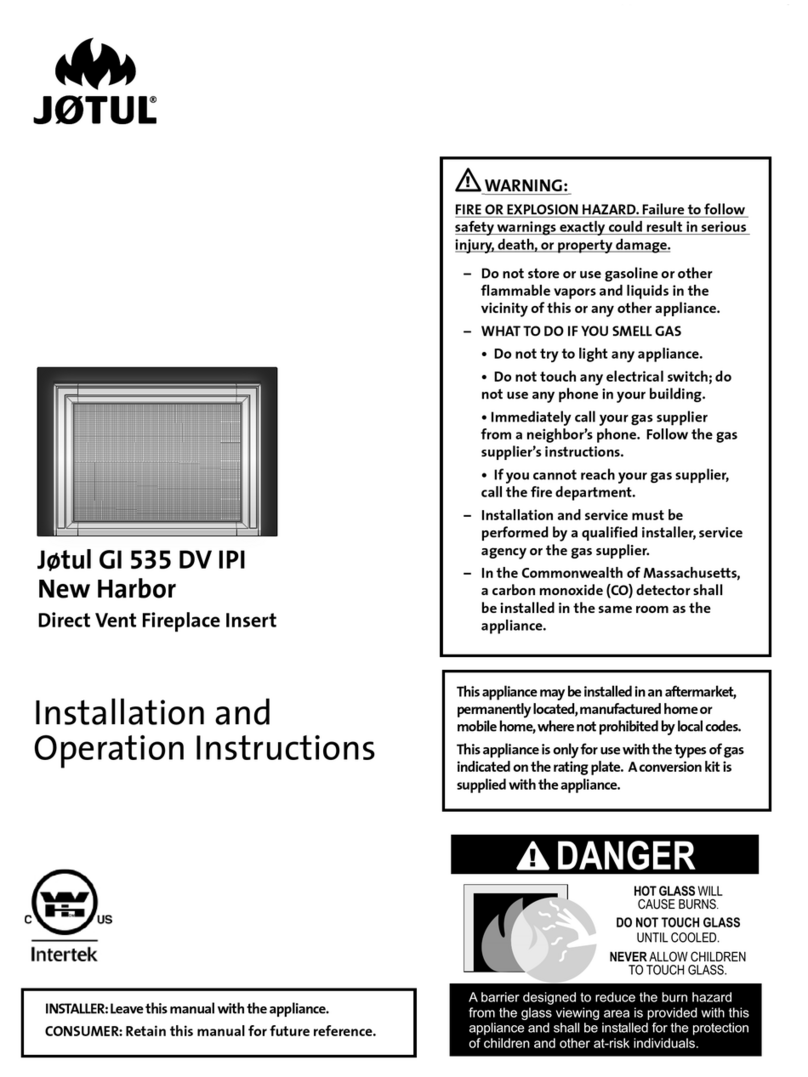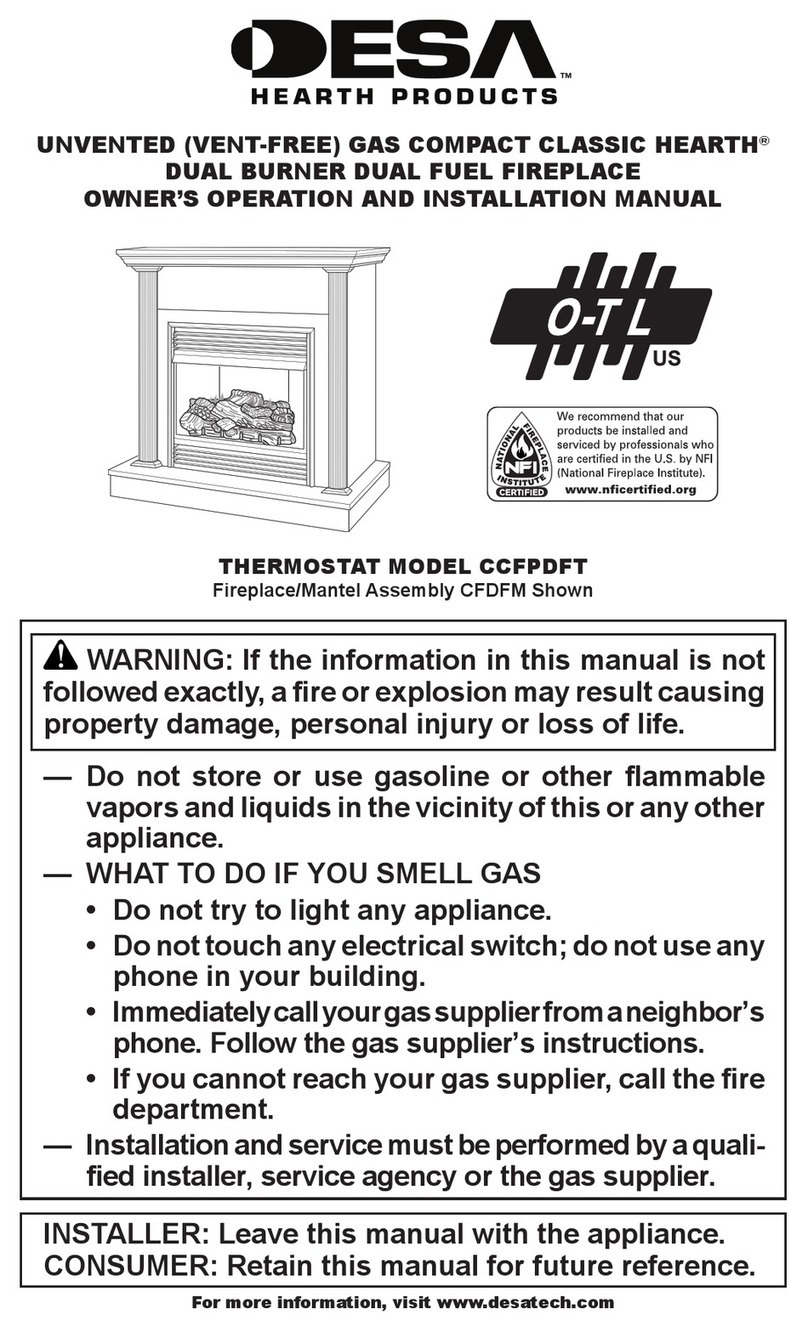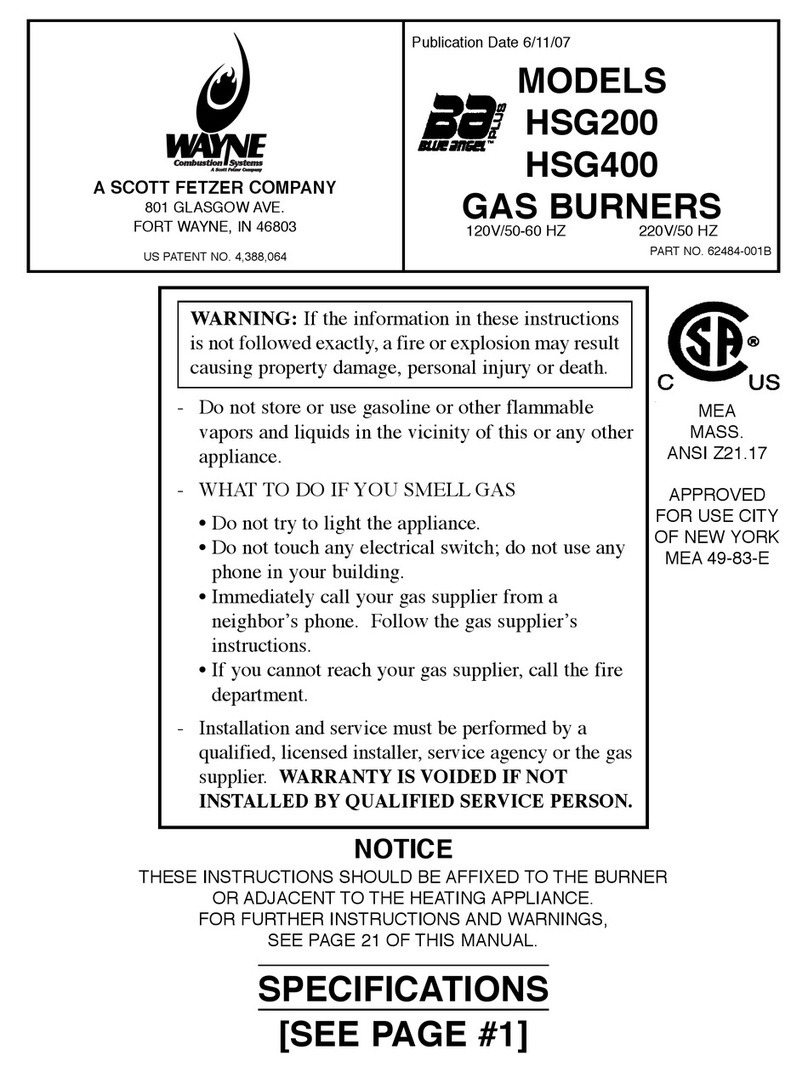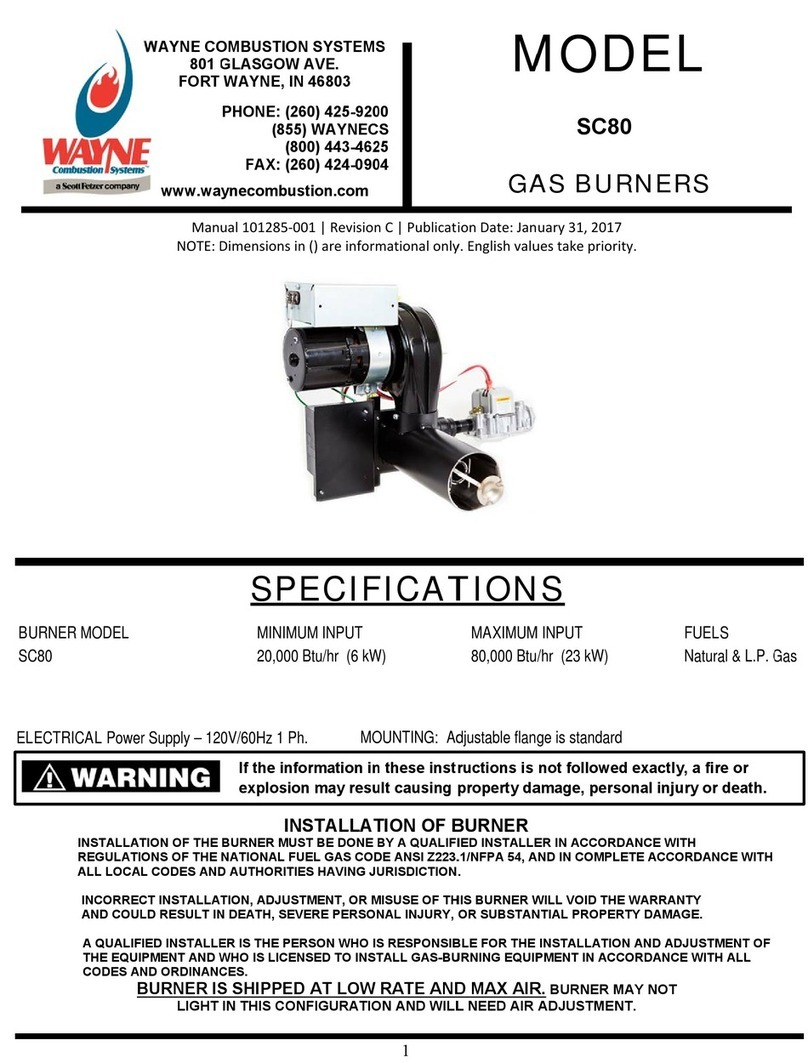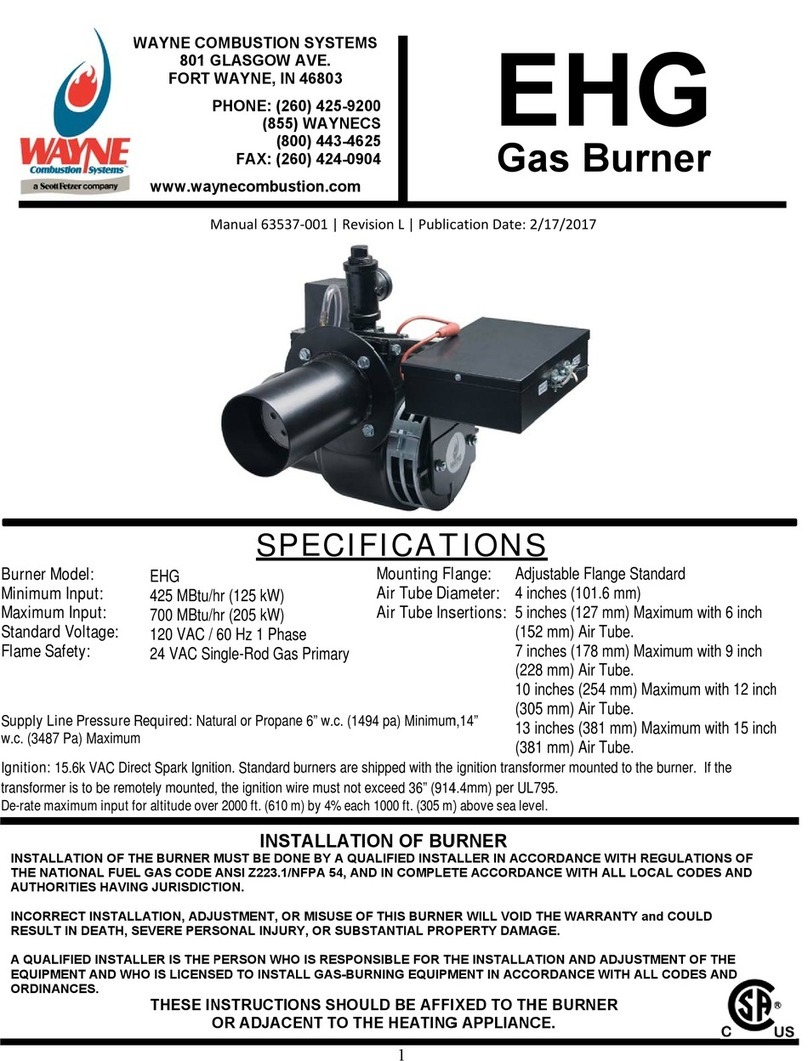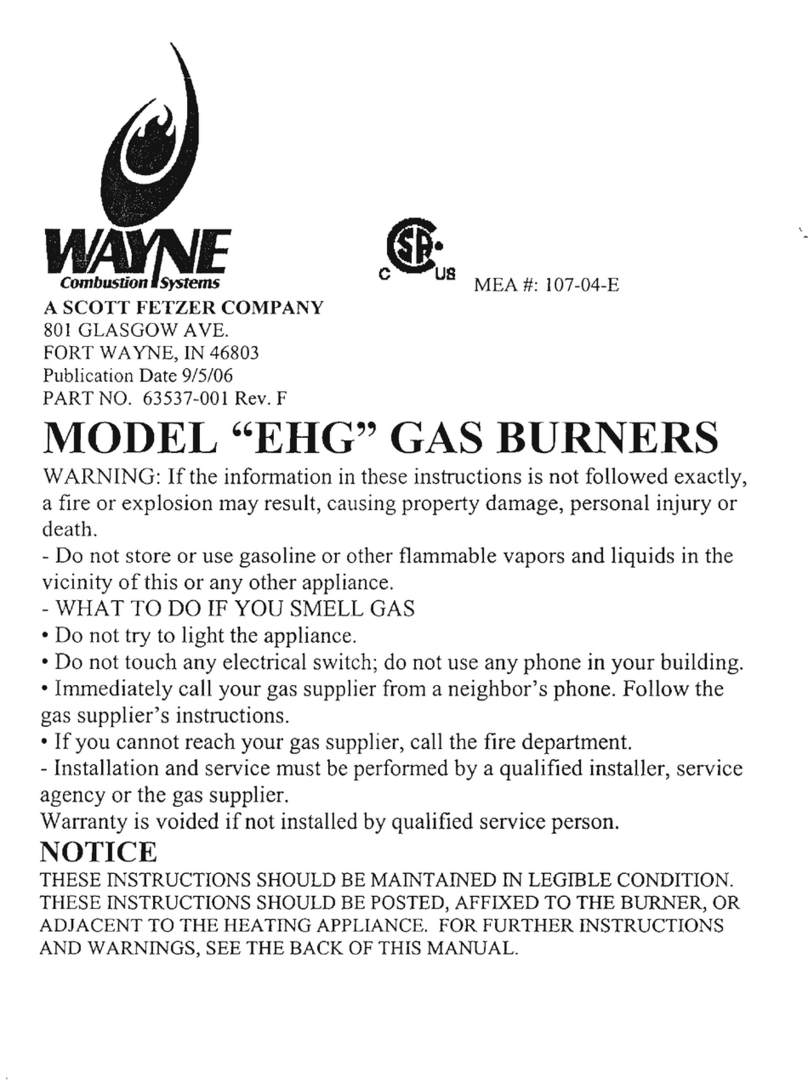SECTIONI
INSTALLATION
A. GENERAL
The WayneHSG200and HSG400
power
gas
conversionburnersareadaptable
to most
typesof
centralheating
plantspreviously
firedby power
oil
burners.Typicalheating
plants
are
gravity
andforced
air circulationfurnaces,hotwater,
steam
or vapor
boilers.
Power
burnerdesignmakesthe
HSG200
and
HSG400well suitedfor "negativedraft"fired
applianceswhereanoilburner
is
beingreplaced.
lnstallationof these
power
gas conversionburner
modelsmustconformto local
codes,or in their
absence,theAmericanNational
Standard
for the
Installation
of Domestic
Gas Conversion
Burners.
ANS|Z21.8
- andthe NationalFlue
GasCode,
ANSlZ223.1
or
current
standard
year.
NOTICE:ANSI
or
localinstallation
codecompliance
is
the
sole
responsibilityofthe
qualified
installer.
VENTILATION
TheHSGconversionburnermodelscoveredbythis
manualshall
not
beinstalled
inanappliancelocated
where
normal
aircirculationorinfiltrationis
limitedin
providing
alltheairnecessaryfor
proper
combustion
anddrafthooddilutionair.
ln
ooen
basementsofhomesofnormalconstruction
(without
basementstorm
windows
ortightstairdoors)
infiltration
of combustionair is usuallysufficient
to
replacethatdrawnupthe
flue,
sospecial
provisions
are
seldom
necessary.
When
the
heating
appliance
isinstalledin
a
tightly
closed
roomwithout
ventilation
openingstooutdoors,orother
rooms,
provisions
shall
bemadefor
supplyingair
for
combustionthroughspecial
openings,
one
nearthefloor
line
andtheother
near
theceiling.Eachistobe
sized
onthebasisofonesquare
inch
(645.2mm')
ormoreof
free
areaeach
1,000BTU
(.29kW)
input
per
hour.
When
thebuilding
is
ofunusuallytightconstruction,
has
kitchenand/orbathroom
ventilation
fanswhichmaybe
usedforexhaustingair
tooutdoors,orhas
a vented
fireplace,it is recommendedthatcombustionairbe
supplied
tothefurnaceroomthroughintakesextending
tothe
outside
of
the
buildingandterminating
in
down
turned
fittings,
suitablyarrangedtoprevent
obstruction
from
snow
or
rain,
andincludinga
protecting
screen
not
smallerthan
1/4inch
(6.35mm)
mesh.
HEATINGAPPLIANCEINSPECTION
Clean the appliance
heat exchanger
interior,
combustion
chamberand
flue
connections.
Remove
all
adheringtars,scale,dirtand
soot.
lnspecttheheat
exchanger
for
obviousand
potential
flue
gas
leaks.
Cementall joints
aroundthe appliancebaseand
accessopeningsto
prevent
air
and/or
flue
gas
leakage
into
oroutofthecombustionchamber.
WarmAir Furnaces*
- Make
certainthe electrical
characteristicsofthe
fan
and
limit
switchcorrespondto
those
required
bythisburnerandthat
theyare
in
proper
working
order.
Hot
Water
Boilers*
- Make
certainwatertemperature
andaltitude
gauges,
pressure
relief
valvesare in
proper
working
order.
Steam
Boilers*
- Makecertainthesystemispressure
tight,andthatthe
pressuregage
and
pop
offsafety
valve
arein
proper
working
order.
Existingwater
sight
glass
permits
clearobservationofboilerwaterlevel.
*Where
applicable,
existingtemperature
of pressure
limit
switchorlowwatercut-off
switch
operationand
electricalcharacteristics
shall
becheckedtodetermine
theircompatibilitytothe
gas
controlcircuitryofthis
burner.
D. CHIMNEY,
FLUEPIPEANDDRAFTCONTROL
The chimneyshouldbe inspected
for unsafe
conditionssuchas excessivesootaccumulation,
deteriorated
masonry,
blockageor
potential
blockage.
NOTICE:Nomanuallyadjustableflue
pipe
damperis
permitted
onany
gas
burner
installation.
Thechimney
should
belined
with
acorrosionresistant
material,
lfthechimney
is
unlined,consult
your
local
gas
utilityforrecommendations.
WARNING:
Under
nocircumstances
should
theflue
pipe
beconnectedto
the
chimneyofanopen
fireplace.
Theflue
pipe
should
be
sized
tocarryoftheflue
gases
as
outlinedinFigure1.
Figure1
Strictcompliance
to appropriate
codesshould
be made
regardingflue
pipe
clearances
from
combustible
materials,
B.
INPUT
BTU/HR
(kW/HR) DRAFTHOOD
FLUEPIPE
SIZE
UPto-120MBH
(35.172kW) 5INCH
(127mm)
DIAMETER
120MBtu/HR135172kM
-180MBH
(52.758kW)
6INCH
(152.4mm)
DIAMETER
180
MBtu/HR
(52.758kM
-250
MBH
(73.275kW)
7INCH
{177.8mm)
DIAMETER
250MBtu/HRf3.275k$-320MBH{93.792kW)8INCH
(203.2mm)
DIAMETER
320MBtu/HR
(93
792kW)-410MBH
(120.171kW)
I INCH
(228.6mm)
DIAMETER
c.
PAGE2
SECTION I
INSTALLATION
A.
GENERAL
The Wayne HSG200 and HSG400 power gas
conversion burners are adaptable to most types of
central heating plants previously fired by power oil
burners. Typical heating plants are gravity and forced
air circulation furnaces, hot water, steam or vapor
boilers. Power burner design makes the HSG200 and
HSG400 well suited for "negative draft" fired
appliances where
an
oil burner
is
being replaced.
Installation of these power gas conversion burner
models must conform to local codes, or
in
their
absence, the American National Standard for the
Installation of Domestic Gas Conversion Burners,
ANSIZ21.8 -and the National Flue Gas Code,
ANSIZ223.1 or current standard year.
NOTICE:
A1'JSI
or local installation code compliance
is
the sole responsibility of the qualified installer.
B.
VENTILATION
The
HSG
conversion burner models covered
by
this
manual shall not
be
installed
in
an
appliance located
where normal air circulation or infiltration
is
limited
in
providing
all
the air necessary for proper combustion
and draft hood dilution
air.
In
open basements of homes of normal construction
(without basement storm windows or tight stair doors)
infiltration of combustion air
is
usually sufficient to
replace that drawn
up
the flue,
so
special provisions
are seldom necessary.
When the heating appliance
is
installed
in
atightly closed
room
without ventilation openings to outdoors, or other
rooms,
provisions shall
be
made
for
supplying air for
combustion through special openings,
one
near
the
floor
line and the other near
the
ceiling.
Each
is
to
be
sized
on
the
basis of
one
square
inch
(645.2mm2)or more of
free
area each 1,000
BTU
(.29kW) input per
hour.
When
the
building
is
of unusually tight construction, has
kitchen and/or bathroom ventilation fans which may
be
used for exhausting air to outdoors, or has avented
fireplace,
it
is
recommended that combustion air
be
supplied to the furnace room through intakes extending
to
the outside of
the
building
and
terminating
in
down
turned fittings, suitably arranged to prevent obstruction
from snow or
rain,
and
including aprotecting screen not
smaller than 1/4 inch (6.35mm) mesh.
C.
HEATING APPLIANCE INSPECTION
Clean the appliance heat exchanger interior,
combustion chamber and flue connections. Remove
all
adhering tars, scale, dirt and soot. Inspect the heat
exchanger for obvious and potential flue gas leaks.
Cement all joints around the appliance base and
access openings
to
prevent air and/or flue gas leakage
into or out of the combustion chamber.
Warm Air Furnaces* -Make certain the electrical
characteristics of the fan and limit switch correspond to
those required
by
this burner and that they are
in
proper working order.
Hot Water Boilers* -Make certain water temperature
and altitude gauges, pressure relief valves are
in
proper working order.
Steam Boilers* -Make certain the system
is
pressure
tight, and that the pressure gage and pop off safety
valve are
in
proper working order. Existing water sight
glass permits clear observation of boiler water level.
*Where applicable, existing temperature of pressure
limit switch or low water cut-off switch operation and
electrical characteristics shall
be
checked to determine
their compatibility to the gas control circuitry of this
burner.
D.
CHIMNEY, FLUE PIPE AND DRAFT CONTROL
The chimney should be inspected for unsafe
conditions such as excessive soot accumulation,
deteriorated masonry, blockage or potential blockage.
NOTICE:
No
manually adjustable flue pipe damper is
permitted
on
any gas burner installation.
The chimney should
be
lined with acorrosion resistant
material.
If
the chimney
is
unlined, consult your local
gas utility for recommendations.
WARNING: Under
no
circumstances should the flue
pipe
be
connected to the chimney of
an
open fireplace.
The flue pipe should
be
sized
to
carry of the flue gases
as
outlined
in
Figure
1.
INPUT DRAFTHOOD
BTU/HR (kW/HR) FLUE PIPE SIZE
UP
to
-120
MBH
(35.172kW)
51NCH
(127mm)
DIAMETER
120
MBtu/HR
(35172kW)
-180
MBH
(52.758kW)
6
INCH
(152.4mm)
DIAMETER
180
MBtu/HR
(52.758kW)
-
250
MBH
(73.275kW)
7
INCH
(177.8mm)
DIAMETER
250
MBtu/HR
(73.275kW)
-
320
MBH
(93.792kW)
8
INCH
(203.2mm)
DIAMETER
320
MBlu/HR
(93.792kW)-
410
MBH
(120171
kW)
9
INCH
(228.6mm)
DIAMETER
Figure 1
Strict compliance to appropriate codes should
be
made
regarding flue pipe clearances from combustible materials.
PAGE 2
